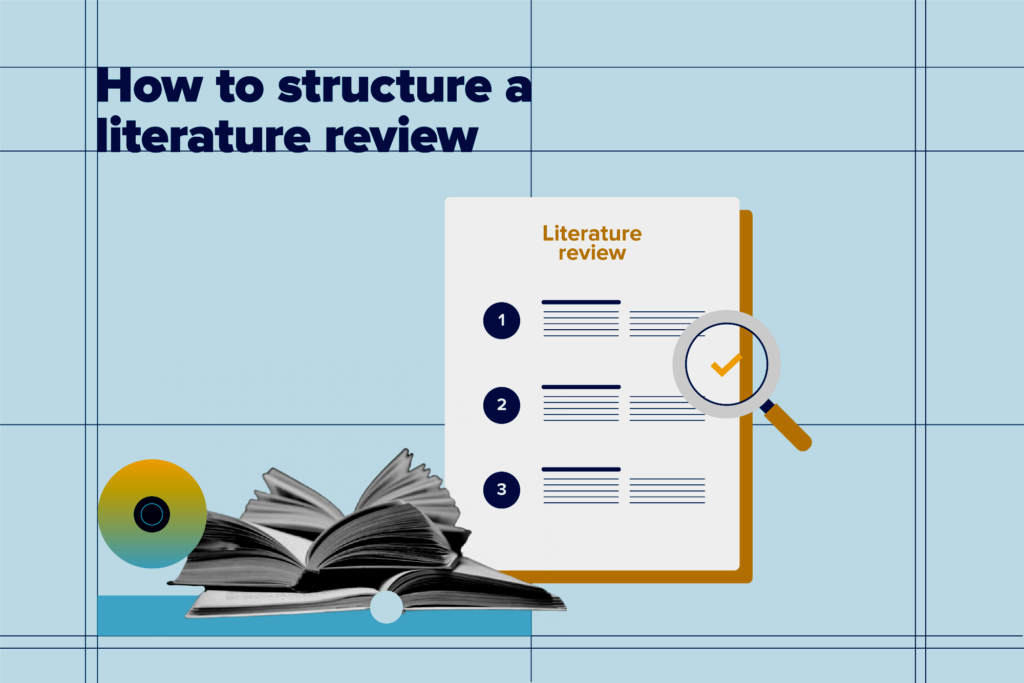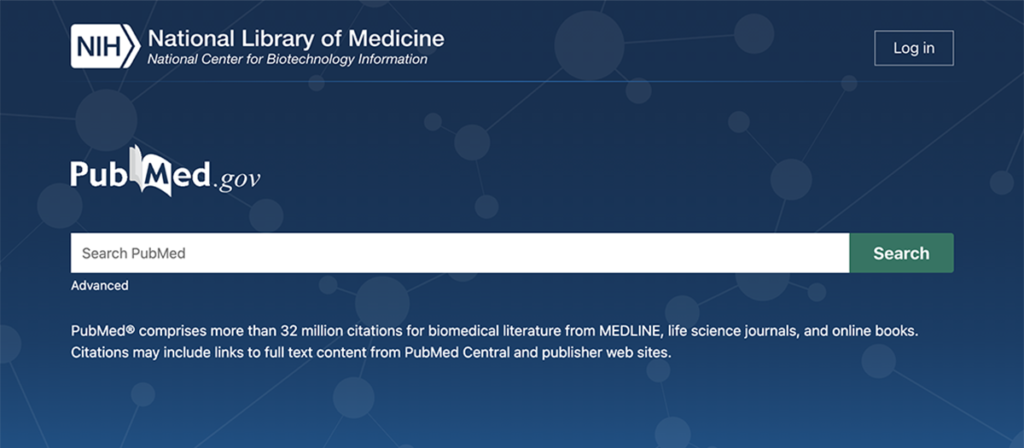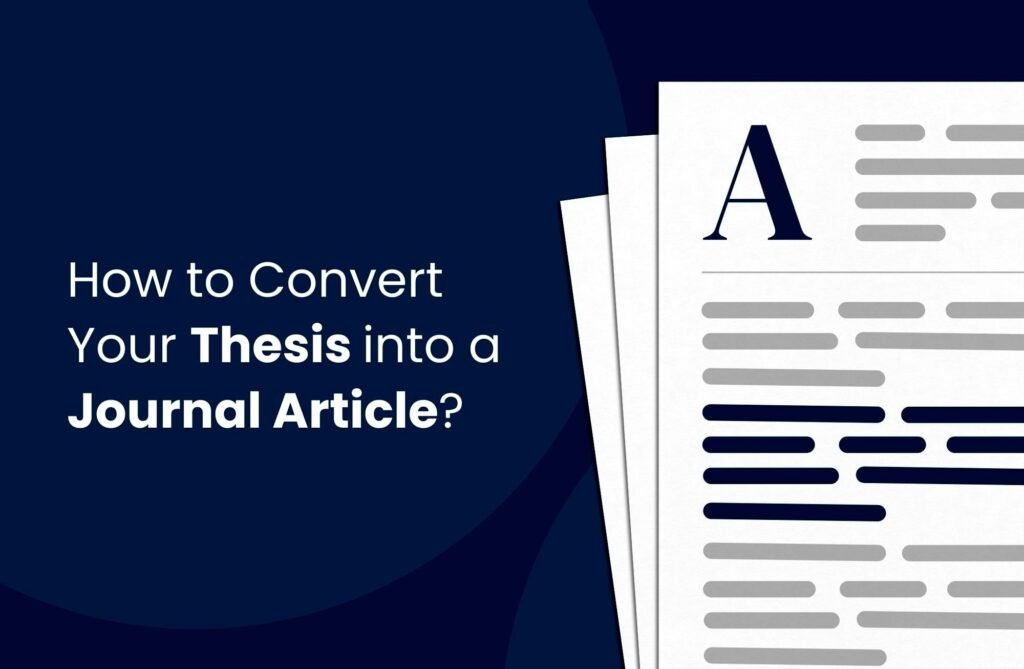In today’s age of information overload, keeping pace with the ever-growing mountain of research can be daunting. The landscape is further complicated by the rise of scholarly literature in languages beyond the traditional English. Fortunately, for researchers seeking tobridge this gap, translation services like Elsevier can help unify the global body of knowledge.
But before embarking on your research journey, a crucial first step is the literature review – a comprehensive analysis of existing scholarly works on a specific topic.
What is a Literature Review?
A literature review is essentially a survey of scholarly material. Its purpose is to analyze and discuss published information related to a particular research question or field of study. To conduct a thorough literature review, researchers must possess a deep understanding of the subject matter and proficiency in the relevant language(s).
The Importance of High-Quality Literature Reviews
Literature reviews serve as the foundation for new research endeavors. They offer a springboard for researchers to build upon existing knowledge and identify gaps that warrant further investigation. Considering the significance of these reviews, it’s essential to maintain the highest standards of accuracy and credibility.
Crafting a Compelling Literature Review: A Step-by-Step Guide
While expertise in your research area is paramount, organization is equally important. Here’s a roadmap to guide you through the process:
Topic Selection: Choose a well-defined research question or topic that is neither too broad nor too narrow. Ensure it aligns with a feasible timeframe for completion.
Scope Definition: Establish boundaries for your review, including the number of sources, timeframe covered, and geographical area (if applicable).
Database Selection: Utilize reputable and comprehensive databases to discover relevant sources. Cast a wide net to gain a holistic understanding of the existing literature.
Exhaustive Search: Conduct a thorough search within the chosen databases, meticulously documenting all potential sources.
Source Evaluation: Begin by reviewing abstracts to assess their relevance to your research. Next, delve deeper into promising articles, paying close attention to methodologies, key research questions, and the quality of execution and citation.
Structure and Flow: For first-time literature reviews, adhering to a well-defined structure is crucial. Similar to a thesis, a literature review typically comprises three sections:
Introduction: Provides background information, introduces the central topic, and outlines the review’s organizational framework.
Body: The core of the review, where you critically discuss and analyze the selected sources.
Conclusion: Summarizes the key takeaways from the reviewed literature. This section may also highlight unresolved questions or suggest directions for future research.
The Ever-Evolving Circle of Research
Literature reviews act as a catalyst for new research, which in turn fuels the creation of more literature reviews. This ongoing cycle is the driving force behind scientific progress on a global scale.
Elevating Your Research with Elsevier’s Support
Writing a literature review can be a demanding task. I can help you navigate this process with greater ease.
Language Editing: Ensure your manuscript meets the highest standards of academic writing with our professional language editing services.
Text Editing: I offer in-depth editing to refine your manuscript’s structure, flow, and clarity.
Target Journal Formatting: Our team can tailor your manuscript to the specific formatting requirements of your chosen journal.
Don’t hesitate to leverage our expertise to transform your literature review into a polished and impactful piece of scholarly work, potentially influencing researchers worldwide.


